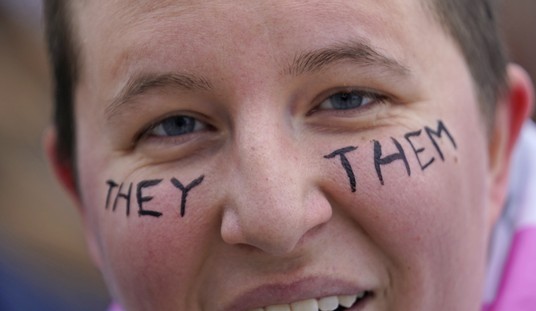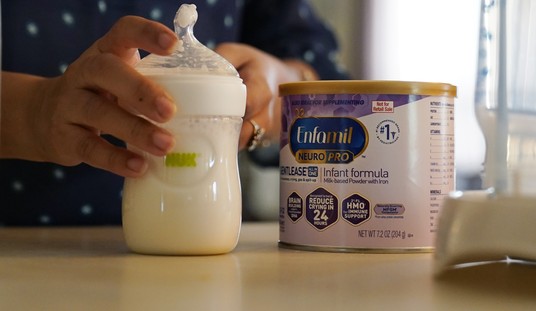Ever since the Supreme Court ruled on Arizona’s voter ID laws, people following this debate have wondered if or how the state would deal with the local and state level elections which were not covered by the ruling. The New York Times has a predictably biased piece on that subject this weekend, but it does cover some of the particulars in how that state, and Kansas, are choosing to proceed.
Barred by the Supreme Court from requiring proof of citizenship for federal elections, Arizona is complying — but setting up a separate registration system for local and state elections that will demand such proof.
The state this week joined Kansas in planning for such a two-tiered voting system, which could keep thousands of people from participating in state and local elections, including next year’s critical cycle, when top posts in both states will be on the ballot.
The states are using an opening left in June by the United States Supreme Court when it said that the power of Congress over federal elections was paramount but did not rule on proof of citizenship in state elections. Such proof was required under Arizona’s Proposition 200, which passed in 2004 and is one of the weapons in the border state’s arsenal of laws enacted in its battle against illegal immigration.
This sounds to me like it’s certainly doable, but it’s going to be complicated. What does the process look like on election day when voters show up at the polls? Assuming you arrive with no valid ID which qualifies under the law, you can’t vote in the state and local races, but you have to be allowed to vote in a national election. But in every state where I’ve lived, there’s only one ballot set up for the voter to use. Would this require, for example, a 2016 ballot which is broken into two pieces, one for the national races only and a second one with all the choices? The article indicates that’s precisely what they’ll need to do.
The two-tiered system — deemed costly, cumbersome and prone to confusion by many of its opponents, as well as election officials in both states — threatens to derail an effort by Democrats and their allies to increase voter registration and turnout among Latinos and the poor, part of a push by the party to pick up local offices and seats in the states’ legislatures, where policies have been largely dictated by Republicans in recent years. The states would create separate ballots covering only federal races for voters who do not provide proof of citizenship…
On Monday, Mr. Horne instructed county election officials to create separate rolls for voters who signed up using the federal form and those who used the state form, the first step to determining eligibility. In Maricopa County, Arizona’s largest, the exercise turned up 900 people who did not show proof of citizenship, a small fraction of the roughly 1.9 million county residents registered.
It’s not clear to me precisely how much this would “drive up costs” beyond the baseline issue of printing for locations using paper ballots. If you’re using a computer based system, it would seem that you’d solve the problem through software and any additional costs incurred would just come in initial application development. Either way, a lot of states will be watching closely to see how this works and what bugs need to be ironed out of the system. If it functions as intended and doesn’t run into any more court challenge issues, there are plenty of other states which may choose to follow this path.








Join the conversation as a VIP Member